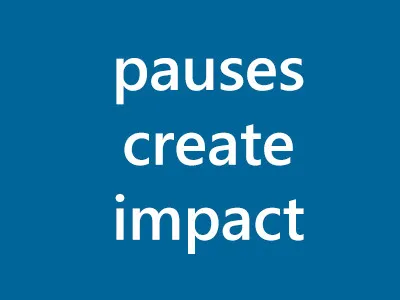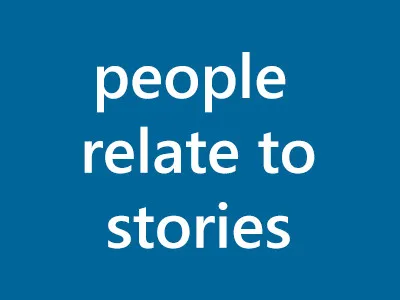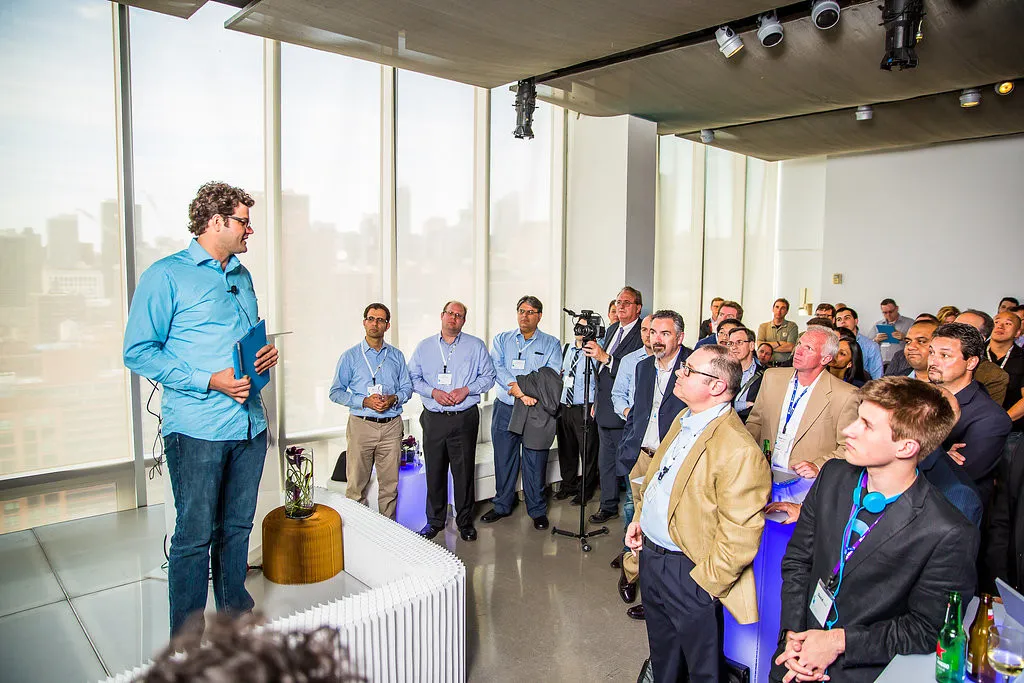How to Give a Stellar Presentation
It’s been a year since I started doing presentations with Microsoft, and I’ve learned a few tips and tricks along the way.
Here are a few tactics that help me communicate clearly in a public speaking setting.
Preparation and setup:
Do research - You’re speaking about something when you present. So research that thing until you feel confident answering questions about it. In other words, don’t merely understand the bare minimum of what you are presenting, try to dig deeper and grasp a fuller understanding of the subject. You should be ready for that Q&A session at the end.
Prepare attractive visual aids - Whether it’s a PowerPoint, slideshow, video clip or something else, it’s usually a good idea to make sure the supporting media to your presentation is, well, supporting, and doesn’t detract from conveying your message. Note: not all presentations need visual aids necessarily. Some can be done just with your speaking voice.

Practice, practice, practice - In order to be confident and well-prepared,
practicing is a must for any presentation. Practice for timing, delivery, technical setup, etc. of your presentation is critical. You can do this alone, or even better, with a practice audience (they also might be willing to critique you and give you feedback). Practicing in front of people is probably the most important piece of advice I can offer.
Be ready for a technical flub - Chances are you’ll be using some sort of device for a PowerPoint presentation or displaying some other visual content, so have a backup plan in case something suddenly stops working. If you’re presenting to a big group, keep in mind sound systems and/or microphones can give you trouble, so try to have another mic handy.
Show up at least 15 minutes early - Showing up early to wherever you present can help you get acquainted with your environment as well as give you time to setup and test the technical equipment involved. This will calm your nerves, ensure a greater degree of stability on the technical side of things, and instill confidence in you.
Delivery:
Speak slowly - Usually out of nervousness, presenters tend to talk too quickly when they speak. Because you’re usually speaking within a time limit, it’s understandable. But pace yourself by practicing speaking at a steady rate so you don’t lose your audience’s attention.
Utilize vocal range - Monotone is not your friend here. Feel free to start a new sentence or thought with a slightly higher-pitched vocal sound, and end with a lower variation. Play around with this until you find a way that’s comfortable, yet not monotonous. Be dynamic here!

Use pauses for impact - Like speaking too quickly, forgetting to pause once and a while can disrupt the impact of your words. Let the momentum of your speaking get disrupted once and a while so that your last words can sit in peoples minds for a few seconds. And while you pause, be calm and don’t fidget. If you appear to be nervous, people might get the idea you’re stumbling, which you shouldn’t be!
Project your voice - You can’t convey your message if you can’t be heard. While nonverbal communication is paramount to being understood, make sure your voice is at a good volume level as well. Don’t talk down to the ground, project and face forward.
Content:

Use stories - Stories are an amazing tool for connecting your presentation’s content with the listening audience. People relate to stories because we all have one to tell. So tell a story using visual, descriptive language.
Use humor - If used correctly, one of the best attention-getters in all of public speaking is utilizing humor. This is a tough one because there really is no science to it. The varying factors are (1) the kinds of people in your audience, (2) the subject matter, and (3) the relationship you and your audience have with the subject. If these three variables aren’t properly accounted for, your allegedly-hilarious line can fall flat on its face. Using humor also works better if you are relaxed, smiling and appear to be comfortable, which in turn makes your audience comfortable. If people can’t be comfortable with you, they won’t laugh. So make that happen and you’ll have an easier time!
Make it relevant to your audience - Find ways to apply your content directly to your listening audience. This will help with keeping their attention on you and help them retain your content. You don’t even need to change the core content necessarily, just find small ways you can relate it to them through examples or audience participation.
Get audience participation - This is a big one! It’s a great way for your audience to engage with your content and feel more involved throughout your presentation. It could look like telling a story and asking for a show of hands for who can relate, or taking a quick poll in the beginning, or even asking if the audience has questions about what you talked about. Try to make time for this, it makes a significant difference in audience attention.
Remember to say “thank you” at the end - These people just gave up part of their day to listen to you, so thank them! Never take that for granted. Even if they paid you for it, thanks are in order for their time.
Go out, be heard, entertain, and bore no one!
 Here’s Brian Hall from the Surface team, presenting Surface Pro 3 on launch day in New York City, NY. Photo cred: Twodudes & A Booth Photography
Here’s Brian Hall from the Surface team, presenting Surface Pro 3 on launch day in New York City, NY. Photo cred: Twodudes & A Booth Photography
